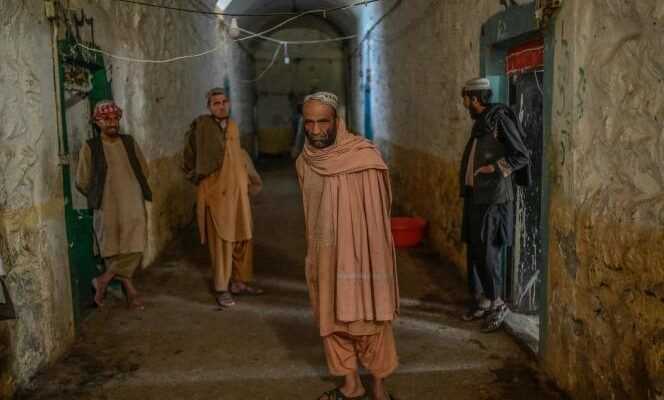In Afghanistan, it is the Interior Ministry that manages drug addiction problems, an endemic phenomenon that affects, according to the UN, 10% of the population, or nearly four million people. He has made the fight against this scourge one of the flags of his action for the country and intends to rid the cities of the image considered degrading of these groups of men gathered under bridges or in squares to devote themselves to their addiction. According to the ministry in charge of security, it is even the “Treatment of drug addicts which will make it possible to defeat drug trafficking in the country”.
On Monday, November 22, Saeed Khosti, the spokesperson for the Minister of the Interior, announced, as a success, that in Kabul, nearly 3,000 drug addicts had been taken, during the last two weeks, to a center of detoxification. ” We have launched rapid treatment for drug addicts, did he declare, and we will bring more to the hospital in the next few days, the process also concerns the other provinces, until there is no longer a single addict. “
Bad treatments
This ” supported “ above all falls under the raid. It is carried out in Kabul by armed men who chase drug addicts from their landmarks and lock them up in a part of the Ibn Sina hospital which has tripled its reception capacities since September. They then go through a process of “Detoxification” forty-five days, at the end of which they are considered treated.
Heads shaved on their arrival, all dressed in identical tunics, these haggard-looking men are forcibly weaned, spending their days lying on their beds in dormitories or curled up in the courtyards of the establishment when the cold does not confine them. . The rare methadone was quickly distributed to opium addicts and no substitute existed for methamphetamine. Finally, within the center, life is regulated by “team leaders”, also drug addicts, behaving like prison bosses, multiplying ill-treatment.
In the absence of real medical follow-up, the same drug addicts keep coming back. In other cities of the country, such as Mazar-e-Sharif (north), the pattern is the same except that it is employees of the health ministry who hunt down drug addicts in unmarked cars. Blows often rain. Paradoxically, at the end of November, when the Taliban power communicates on its fight against drug users, the cannabis harvest is in full swing. The country will, again, in 2021, be the world’s largest producer, as for opium.
